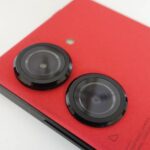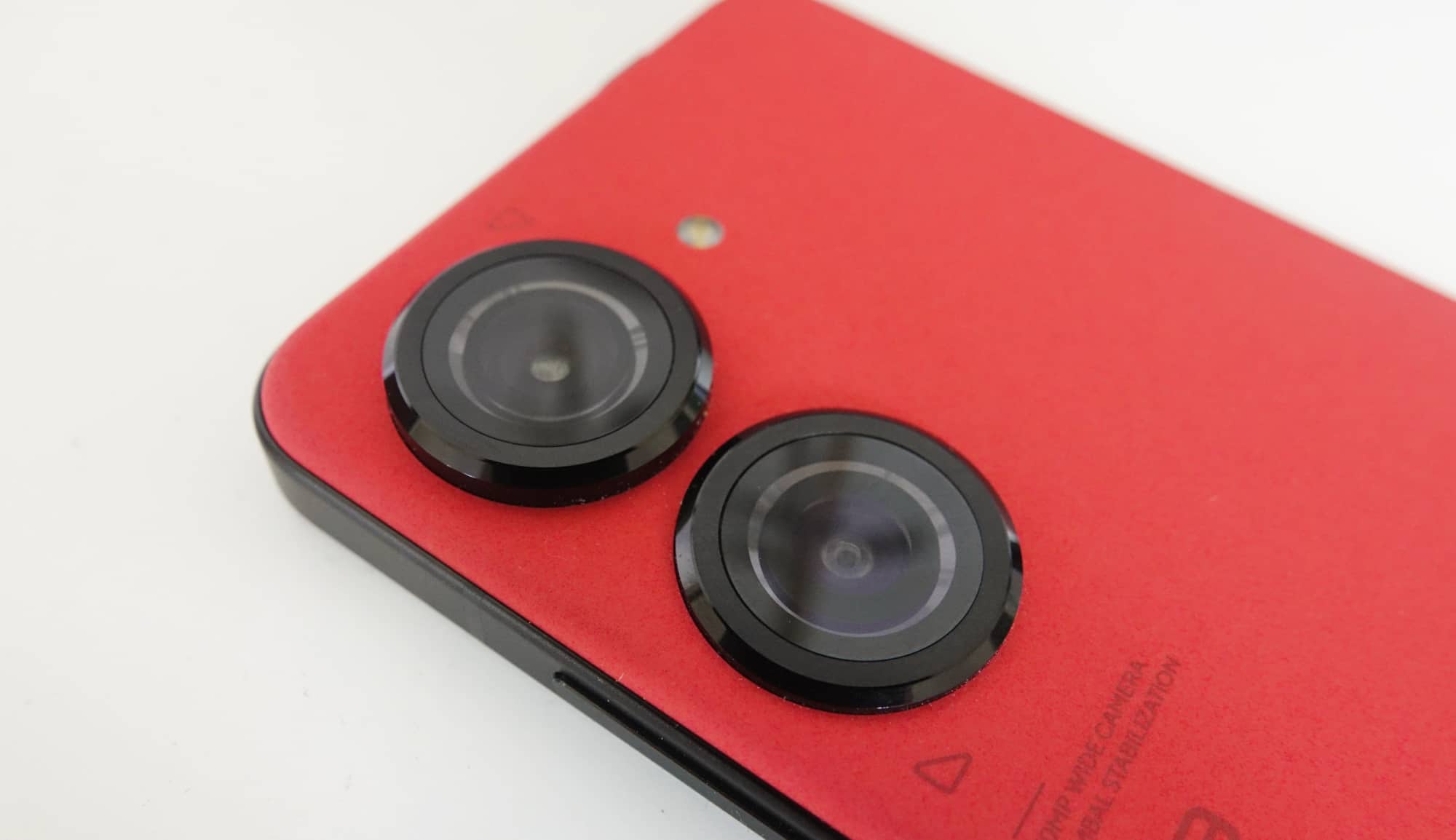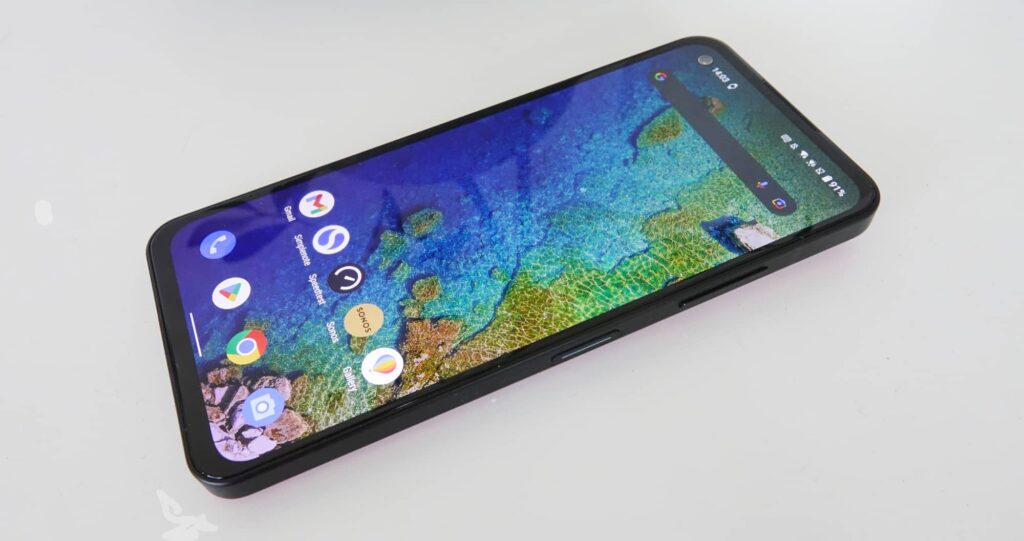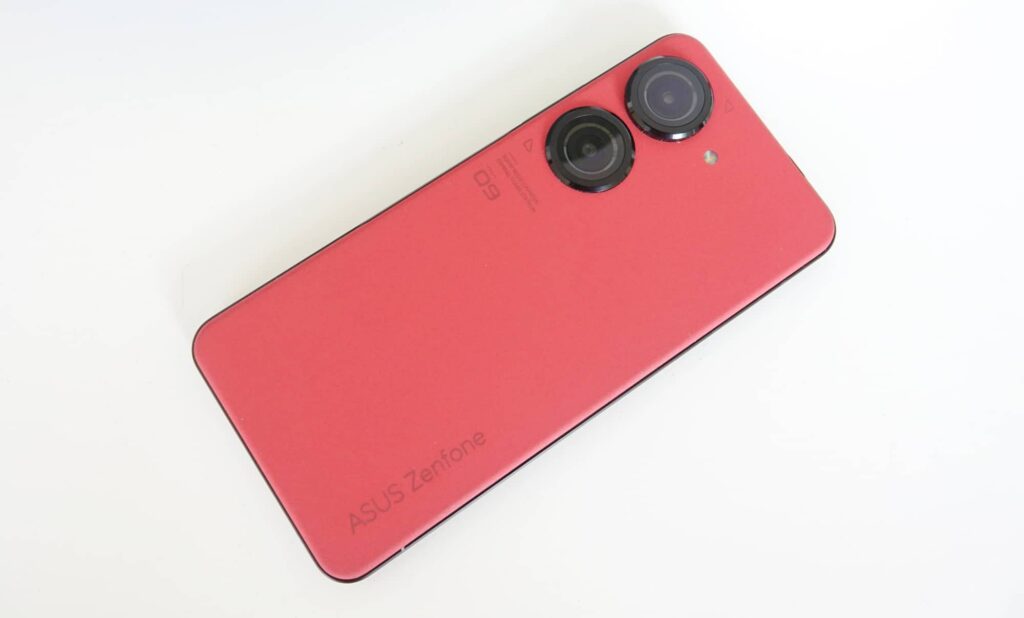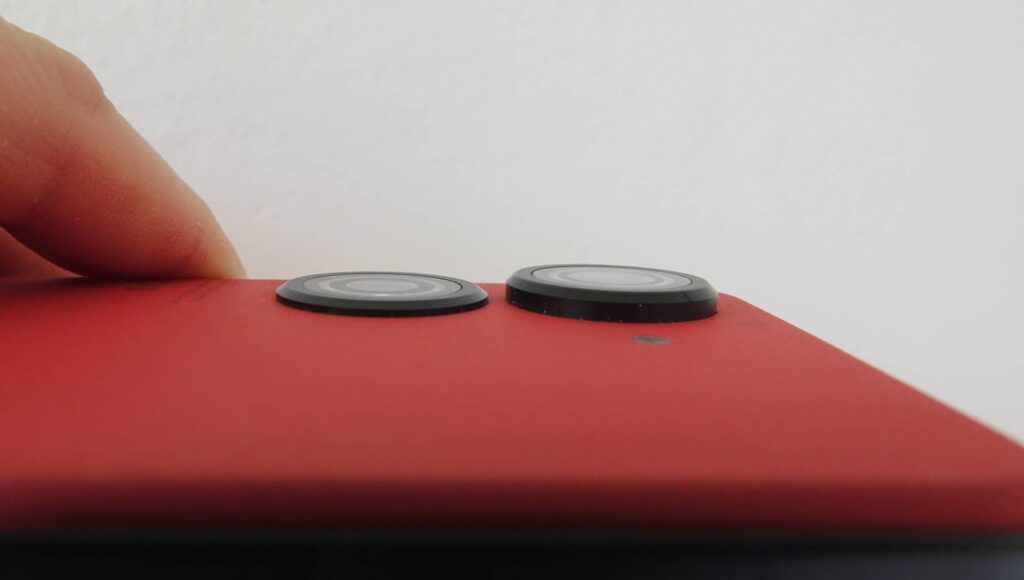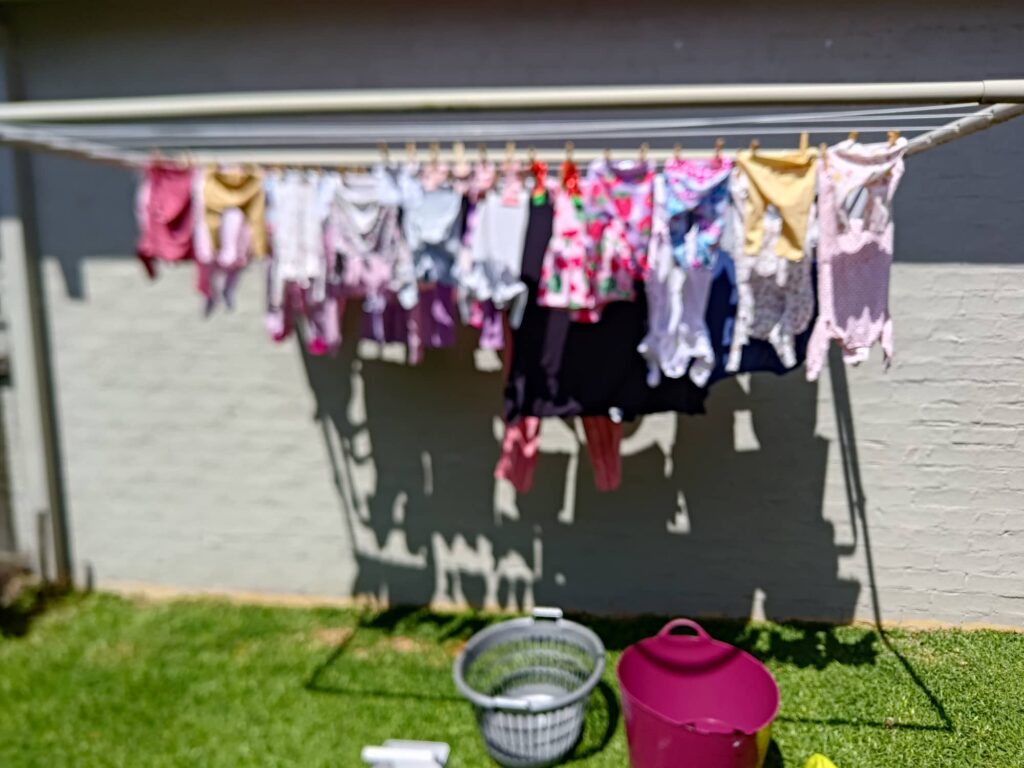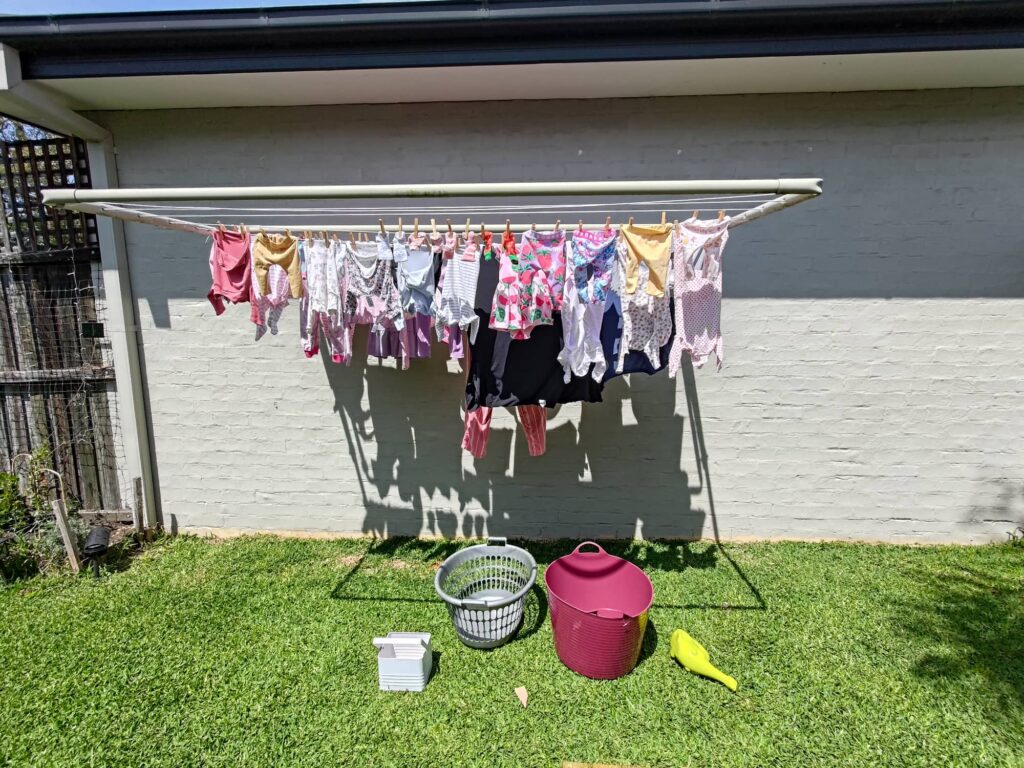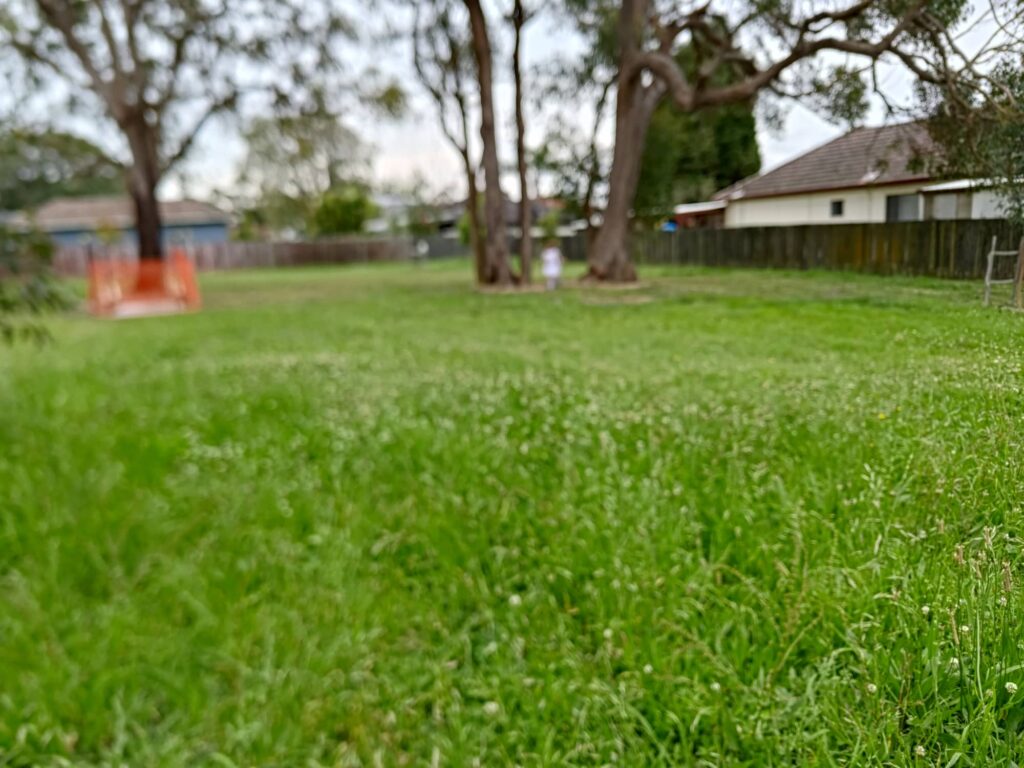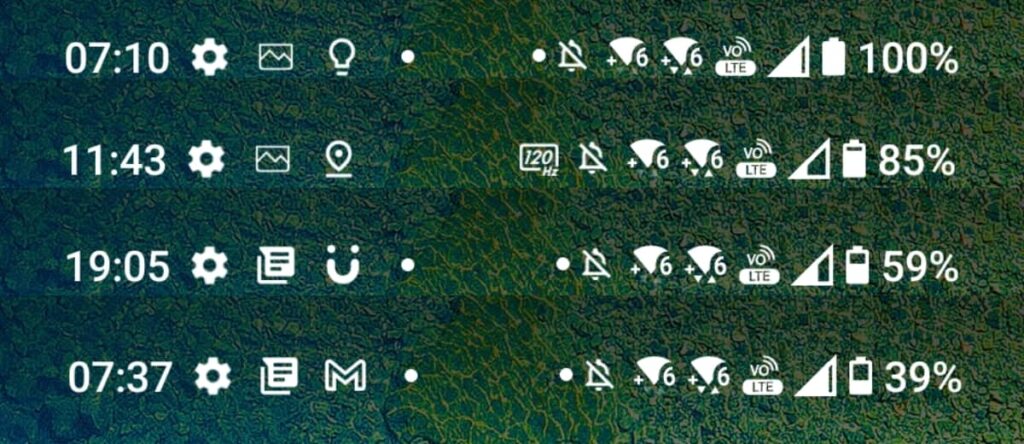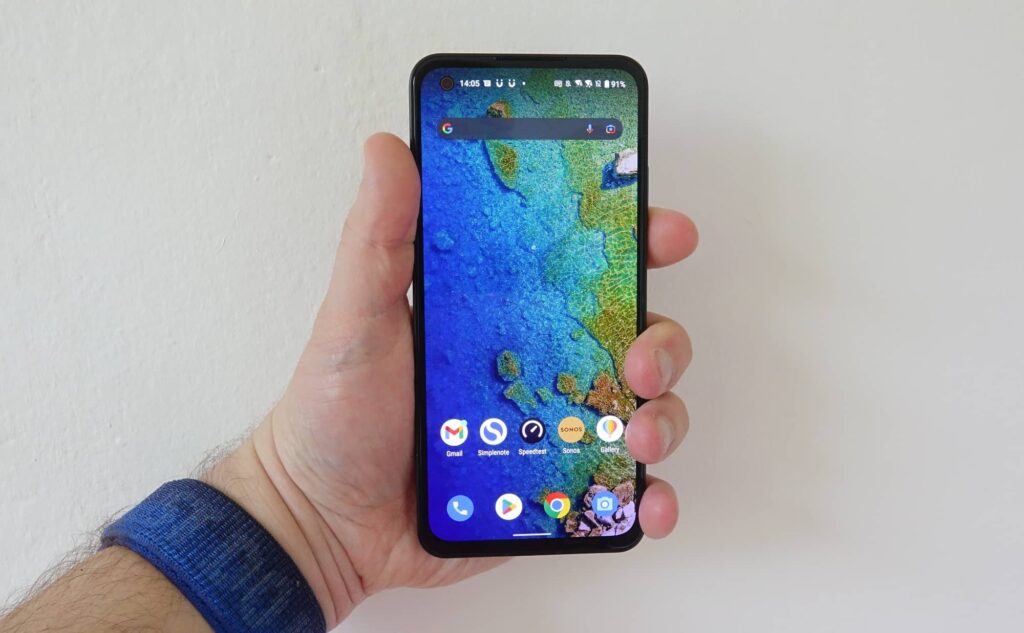Quick review
The good
The not-so-good
Delivering plenty of power in a small stature, the Zenfone 9 has a lot going for it, but has one obvious and major problem.
The word “small” isn’t one you can really apply to most phones these days, and that’s probably because manufacturers have largely moved on.
Most phones are big, with large 6 inch screens and higher being what we’ve all moved on to. The reason for this overwhelming amount of big screens isn’t just because we all like bigger displays, but because of the battery: deliver a more sizeable screen and you can pack in a larger battery, solving two consumer questions with one size.
But not everyone is happy.
While a big phone can deliver more for the display and battery life, some just prefer a compact phone, even if they are more difficult to find.
That’s what Asus is making with the Zenfone 9, a 5.9 inch handset that aims to deliver flagship tech in a compact size, and still get that balance of battery just right. Does it work, or is something wrong with the formula?
Design
While the idea of a small phone already breaks a pattern in how phones look these days, it’s not easy for a phone to really shake up design, and the Asus Zenfone 9 doesn’t really change that. At least not at the front.
On the front surface, the Zenfone 9 looks like every phone you’ve seen: a block of glass with a minor frame and bezel, plus a punch-hole camera in the design.
At the back, it’s a little different, with our review model sporting a rust colour that came with a texture not unlike cardboard. It’s easily something different, and very grip-able, though having been through the rigours with other reviewers, we could already see the odd scuff mark here and there.
Outside of this, it’s a phone made to be more compact, something that you just don’t see all that often anymore.
Features
With a smaller form-factor, you might expect the follow up to the Zenfone 8 to be missing things to accommodate that smaller size.
And you’d be wrong. Quite surprisingly, the Zenfone 9 is full-featured, bringing in plenty of power, audio features, connectivity, and yes, even a 3.5mm headset jack, something flagships have largely gone without for years.
Inside, there’s Qualcomm’s latest and greatest, the Snapdragon 8+ Gen 1, a chip paired with 16GB RAM and 256GB storage, plus Android 12, a little behind the times, but otherwise stock and more or less the way Google created it.
Two cameras can be found on the back, with a 50 megapixel F1.9 wide camera above at 12 megapixel F2.2 ultra-wide camera, while the front offers up a 12 megapixel F2.4 camera.
Wireless connections are covered nicely, too, with 802.11a/b/g/n/ac/ax WiFi 6E, Bluetooth 5.2, Near-Field Communication (NFC) for Google Pay, GPS, and 5G. Meanwhile, wired connections come in two varieties: the Type C charge and data port at the bottom, plus the aforementioned 3.5mm headset jack which is up top.
It all sits under a 5.9 inch 120Hz AMOLED display protected by Corning’s scratch-resistant Gorilla Glass Victus with an always-on display, though it’s one of the black screen styles with small spots of text the likes of which Android normally sees, not the full colour always-on display of the iPhone 14 Pro.
That screen helps to make the Asus Zenfone 9 a small handset, though it’s not altogether thin, measuring 9.1mm thick and weighing 169 grams. It’s also sports fingerprint sensor built into the power button on the side, plus an IP65 water resistance rating, and comes with a 4300mAh battery.
In-use
Press that power button on the side, and you’ll find the phone will light up as phones do. There’s nothing necessarily spectacular or otherwise different about what it does, and if you’ve seen a phone in the past decade, you can kind of guess what this one is going to look like.
However, with Asus opting to use the fingerprint sensor in the side power button, you may find the phone is easier to unlock. Between it and the punch hole camera on the front, a combination of facial and fingerprint security means you won’t be scrambling to touch the right section of the screen, and that can only be a good thing.
Android 12 is also fast and easy to use, even if it’s a good generation old. Granted, Android 13’s release is quite recent, but we’d love to know when that new version will arrive, Asus. Any time now.
Performance
Get stuck in right now and you’ll find the combination of specs helps make this little phone a bit of a little beast. Armed with one of Qualcomm’s fastest chips, you won’t be surprised to hear that the Zenfone 9 can impress the socks off you if you’re after guts and glory in apps and games and such.
It is, after all, the same processor tech Asus used in its ROG Phone 6 Pro, but this is just the smaller version without as many fancy lights or a neat overclocking system. The Zenfone 9 is basically the ROG Phone 6 for people not looking for a gamer looking phone, and who want something pocketable, which this definitely is.
That means it's fast and capable, and not just in the system spec, but also the mobile performance, too.
While your speeds will vary based on what your network can delivery where you are, the Zenfone 9 is a 5G phone boasting plenty to work with, suggesting high speeds are on offer.
Tested on the Telstra 5G network in Sydney, Australia, we didn't find the telco was being all that generous lately with regards to what we could hit, though we did see speeds as high as 115Mbps in our time with this handset.
Camera
With performance all good, the next most obvious part that matters greatly for folks choosing a phone these days is the camera, and that's an area where the small size of the Zenfone 9 can let down the package just a little.
There are only two cameras to speak of on the back, something that's become a bit of a thing with small phones in recent years.
Yes, small phones are rare enough, almost like hen's teeth, but the type of cameras they support are typically very, very similar, so much that there's an obvious trend. Simply put, you can expect to find a wide camera and an ultra-wide camera, with the third phone camera -- the telephoto one that gets you up close -- usually skipped on the smaller size. That was certainly the case with the iPhone 13 Mini and even the iPhone 12 Mini before it, and also on the Samsung Galaxy Z Flip 3 and Z Flip 5G.
Small phones are often a two camera kinda deal, and the Zenfone 9 is no different, with two surprisingly large cameras on the back covering the wide and ultra-wide, set to 50 megapixel and F1.9 for the former, while the latter is a 12 megapixel camera with F2.2.
Asus is also bringing some interesting technology to its main wide camera, with a sensor that can also work to provide a larger sensor size using the Quad Bayer sensor design working at 12.5 megapixels, while a six-axis gimbal stabiliser is part of the package, as well, holding the camera steady pretty much all the time.
It's a combination of tech that should provide high quality images and solid and stable shots, both in image and video, the latter of which supports both 4K and 8K video capture, though Full HD 1080p is clearly where the stabilisation is meant to be useful.
And this is what should happen, because on paper, all of this sounds fancy and nice. But in practice, the Zenfone 9 camera is a bit of a quivering mess, offering a camera that in our testing period worked barely half the time, delivering shots that were consistently out of focus whether or not we were capturing stills or video.
While the idea of a gimbal is a fantastic inclusion, and one you can see as you move the camera around, using the camera is basically a hit and miss game of "will it or won't it focus", the likes of which we've never seen on any other phone in 15 years of being a phone reviewer. It's a whole thing, and kind of surreal to see in a production handset.
Despite the ultra-wide camera always being in focus, the standard wide would often struggle to attain focus, despite the focus being right there in front of you with plenty of light on the subject. Further testing seemed to suggest the Zenfone 9's focus problems had to do with light control, and when too much light was in the scene, the camera struggled with deciding what focus was, often avoiding it altogether.
Take this shot above of laundry hanging on the line: the ultra-wide shot on the right is sharp and clear, but the standard shot on the left refused to focus, remaining stuck in a blurry mode the entire time.
It's such an easy shot, but the Zenfone 9 struggled to get it, and it wasn't alone.
Daylight shots on this phone often missed the mark, with no amount of touching the screen or focus locking delivering an actual focus point, and images often coming out blurry. It was as if the phone was smudged or had gel on it, but neither were the case. We cleaned it just in case, and it still happened, and then sometimes went back to normal.
Without as much light indoors, the Zenfone 9 would return to its regularly scheduled program of doing its job properly, telling us that yes, it actually can get sharp shots in focus, but also screaming that it struggles with the basics.
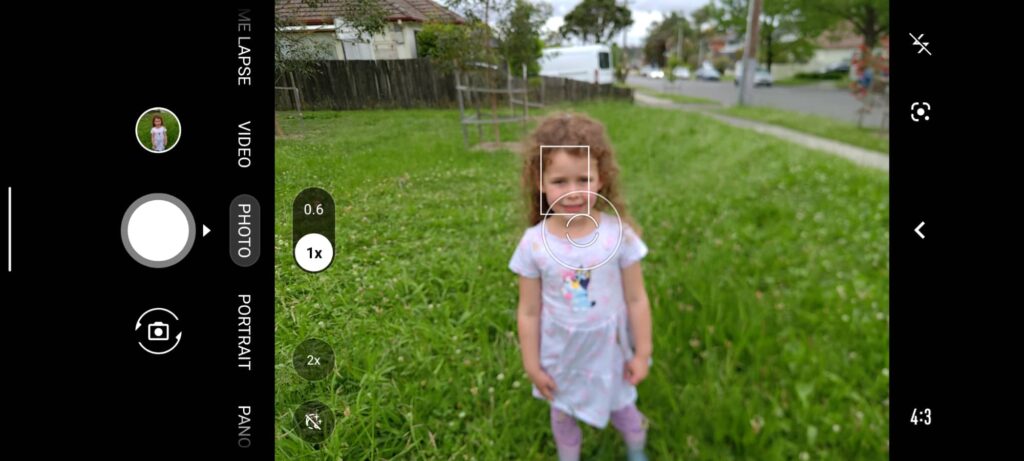
While most phone cameras -- even the cheap ones -- deliver perfect focus almost every single time, the Zenfone 9 struggles to attain focus at the best of times. Throughout this review, there were so many instances where we closed the camera app, only to open it and find the same thing happening.
There's something rotten going on in the Zenfone 9's camera software, that's for sure, and it's just letting down the team. If Asus fixes this, it should improve things (it would really have to), but it is just staggering Asus let an otherwise decent phone ship with this sort of bug, one that renders the phone's main camera practically unusable.
Battery
It's a real shame, too, because the battery life surprises greatly.
While the Zenfone 9 is a small phone, its 4300mAh battery eventually optimises itself to your life quite nicely, with 24 hours easily possible from the phone, hitting around 4 to 5 hours of screen time.
Our tests showed you could get into that second day of battery life a little ways, with closer to 30 hours of life, and as you can probably imagine, keeping the screen time down will help the phone last even longer.
Value
The price is also right, too, with an Australian price of $1199 for 128GB or $1299 for 256GB getting you a decent amount of phone for what is normally the beginning of high-end prices.
Flagship territory is normally much, much more higher in price, so to see Asus kind of hit the value argument square on the head with an otherwise premium handset is nice.
What needs work?
The problem with this phone is that while it's aiming for premium, it misses out on things that other premium phones have.
Take the camera: two cameras covering the wide and ultra-wide isn't what we call premium, and is more like what Apple throws into its iPhone for everyone, rather than the premium Pro variation you can find about the place.
The inclusion of a gimbal stabilisation system is handy, but you also need the camera system to work, and with that awkward focusing issue, you might get lucky, but if you're like us, you also might not.
In short, the Asus Zenfone 9 camera is a mess, and one that consumers shouldn't have to wait for the company to work out. We checked daily during our review period, hoping every day for an update in the settings, and yet nothing camera. Several months after release, the Zenfone 9 has problems with the camera, and yet no fix to offer 100 percent of your time with it in a good spot.
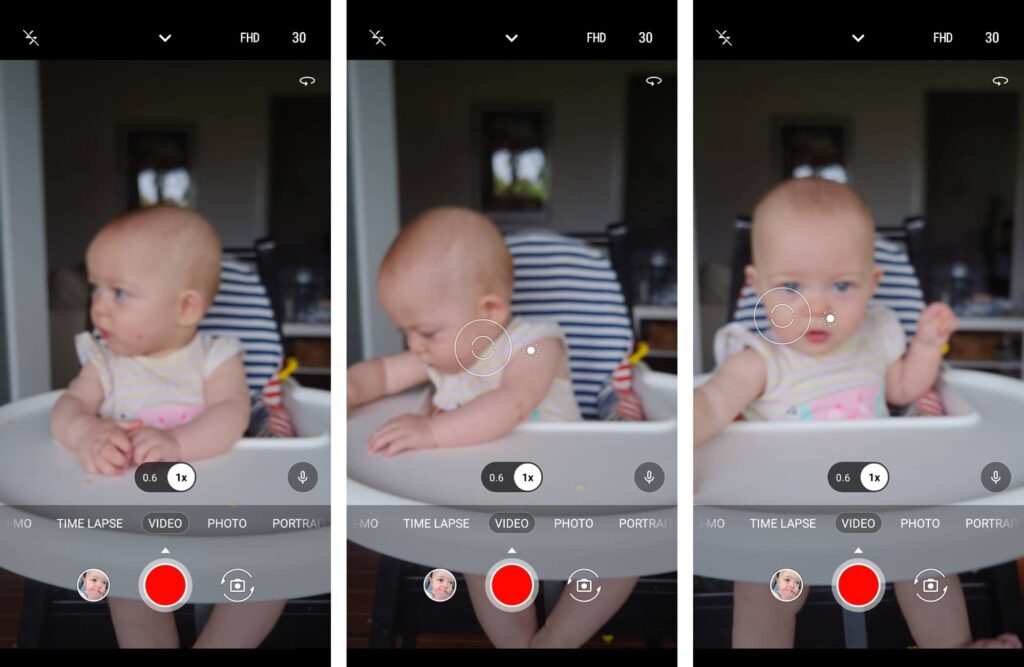
There's also no wireless charging, an omission that boggles the mind, since it has been included in every single high-end phone for a number of years now, and yet is missing in action here.
We suppose the design is playing a part in that, but there's also a notable con there, too: while the textured back is definitely different, it also picks up on scuff marks almost too easily, as if your hands can wear away at the cardboard-like texture and leave it looking less than what it looked like in the first place.
Final thoughts (TLDR)
Normally at this point we'd come up with some sort of line like "if you can ignore the faults, this is a good phone", because nine times out of ten, that's the case with phones. Nothing is perfect, and typically those small faults in a phone can be forgiven.
Unfortunately for the Zenfone 9, that's made a little more difficult with a chaotic camera. It just doesn't work properly at all.
It's such a shame, because outside of the camera, the Zenfone 9 is excellent. Compact and friendly, the phone is sized for pockets unlike so many handsets today, and it comes packing plenty of power and features, even if it skips over wireless charging. There's just so much to admire about the Zenfone 9 that it's simply astonishing the camera is the mess that it is. And it is very much that.
Throughout our time reviewing the Zenfone 9, we struggled with the camera. The wide camera was sharp the entire time, but the standard camera almost never delivered a clear shot, almost to the point of being maddening. We missed plenty of moments because of this, and several months after release, it is genuinely staggering that Asus hasn't fixed this yet.
It is entirely possible that Asus will eventually deliver the right firmware and software to finish the job, and complete the picture that the Zenfone 9 tries to make: a compact handset delivering on nearly every feature and spec you might want.
Right now, however, and at the time of publishing, it is a compact and confusing mess, and very hard to recommend.
